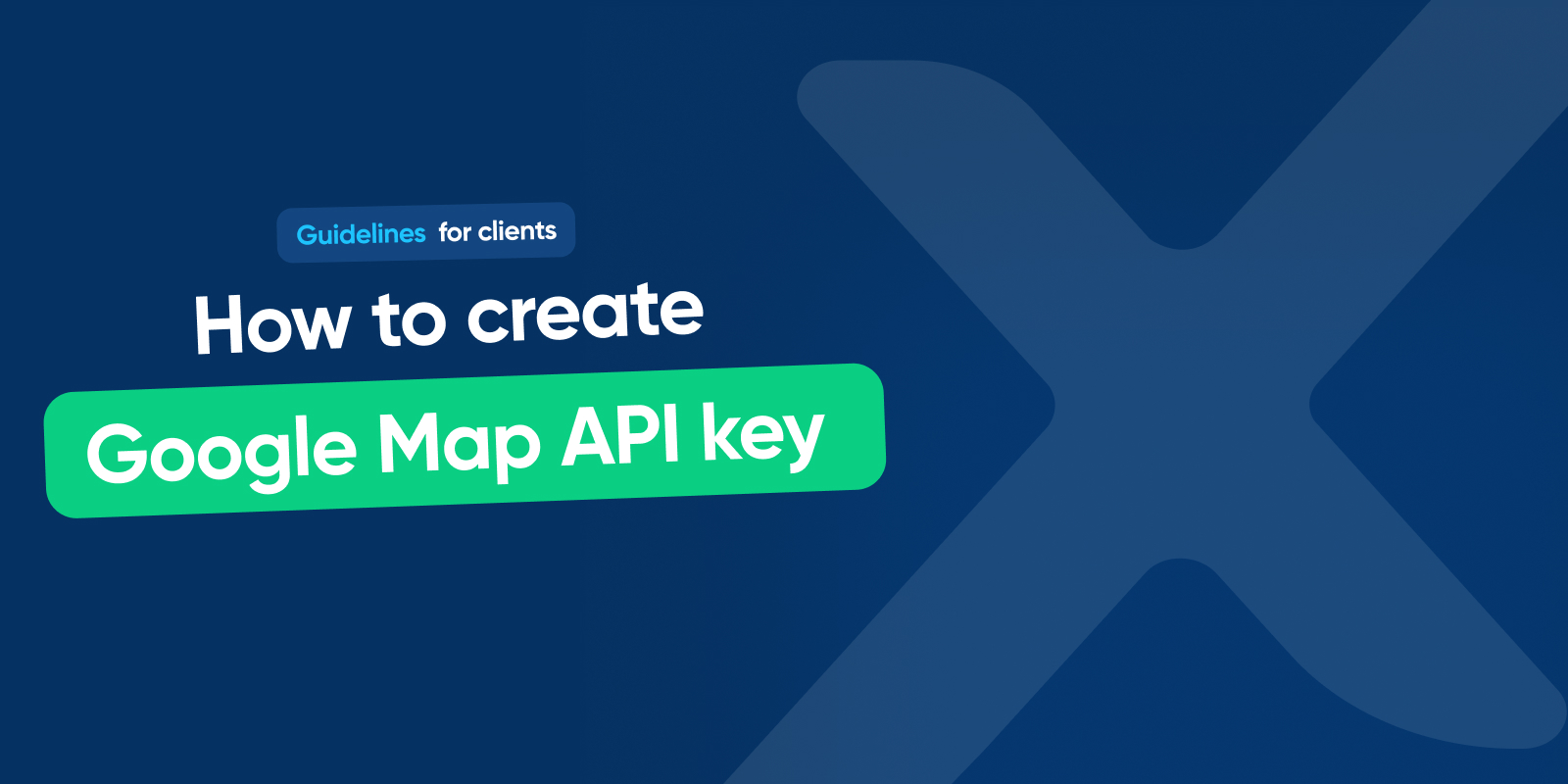
n today’s digital age, having a stunning portfolio website is essential for showcasing your skills and experience. Whether you are a designer, photographer, writer, or any other creative professional, a well-crafted online portfolio serves as a powerful tool to impress potential clients and employers. In this article, we will explore the importance of a portfolio website and provide you with valuable tips on how to develop one that stands out from the rest.
Understanding the Importance of a Portfolio Website
A portfolio website is not just a collection of your work; it is a representation of your personal brand. It provides a platform to showcase your unique style, skills, and experience. When done right, it can leave a lasting impression on visitors, elevating your chances of landing exciting opportunities.
Imagine this: you’re a talented graphic designer looking to make a name for yourself in the industry. You have a keen eye for aesthetics, a knack for creativity, and a passion for delivering visually stunning designs. But how do you convey all of this to potential clients or employers? This is where a portfolio website comes into play.
With a portfolio website, you have the power to curate a collection of your best work and present it in a visually appealing and organized manner. It’s like having your own virtual gallery, where visitors can explore your creations and get a sense of your artistic style. This not only showcases your skills but also gives potential clients or employers a glimpse into your creative process and problem-solving abilities.
Defining Your Personal Brand
Before you begin building your portfolio website, take the time to define your personal brand. Consider what sets you apart from your competitors and how you want to be perceived by your target audience. Your personal brand should align with your skills, personality, and professional goals.
Think of your personal brand as your unique selling proposition. It’s what makes you stand out in a sea of talented individuals. Are you known for your attention to detail? Do you have a knack for creating minimalist designs that pack a punch? Or maybe you specialize in creating visually stunning websites that seamlessly blend form and function. Whatever it may be, defining your personal brand will help guide the design and content of your portfolio website.
When defining your personal brand, consider the values and qualities that are important to you. Are you passionate about sustainability and eco-friendly design? Incorporate these elements into your portfolio website to showcase your commitment to these causes. By aligning your personal brand with your values, you not only attract clients or employers who share the same values but also create a sense of authenticity and purpose in your work.
Showcasing Your Skills and Experience
Once you have established your personal brand, it’s time to showcase your skills and experience through your portfolio website. Carefully select the projects and achievements that best represent your capabilities. Use compelling visuals, such as high-quality images and videos, to bring your work to life and engage your visitors.
Imagine a potential client or employer visiting your portfolio website and being greeted by a visually stunning homepage that showcases your best work. They can easily navigate through different sections, exploring your projects in detail. Each project is accompanied by a brief description that highlights the objectives, challenges, and solutions you implemented.
But it doesn’t stop there. To truly make an impact, consider including testimonials or case studies from satisfied clients or employers. These testimonials add credibility to your work and provide social proof of your skills and expertise. Potential clients or employers will be impressed by the positive feedback and success stories associated with your projects.
Remember, your portfolio website is not just a static collection of images and text. It’s an opportunity to tell a story, to showcase your journey as a creative professional. Consider including a blog section where you can share insights, design tips, or behind-the-scenes stories of your projects. This not only demonstrates your expertise but also shows that you are actively engaged in the design community.
In conclusion, a portfolio website is more than just a digital showcase of your work. It is a powerful tool that allows you to define your personal brand, showcase your skills and experience, and make a lasting impression on potential clients or employers. So take the time to craft a portfolio website that truly reflects your unique style, skills, and aspirations. The opportunities that await are endless.
Planning Your Portfolio Website
Before diving into the development process, it’s crucial to plan your portfolio website effectively. This will ensure that you create a website that is not only aesthetically pleasing but also functional and user-friendly.
When planning your portfolio website, there are several factors to consider. One of the most important aspects is identifying your target audience. Understanding who your website is intended for will help you tailor your design choices, content creation, and overall website strategy to appeal to them.
Identifying Your Target Audience
Understanding your target audience is key to developing a portfolio website that appeals to them. Consider the demographics, interests, and preferences of your ideal clients or employers. This knowledge will guide your design choices, content creation, and overall website strategy.
For example, if you are a graphic designer targeting small businesses, you may want to create a website that showcases your ability to create visually appealing and professional designs for various industries. On the other hand, if you are a web developer targeting tech startups, you may want to focus on highlighting your technical skills and experience with cutting-edge technologies.
By understanding your target audience, you can create a website that speaks directly to their needs and interests, increasing the chances of attracting their attention and ultimately securing new clients or job opportunities.
Setting Clear Goals for Your Website
Before you start building your portfolio website, determine the goals you want to achieve with it. Do you want to attract new clients, secure job opportunities, or simply showcase your work to a wider audience? Having clear goals in mind will help you make informed decisions throughout the development process.
When setting goals for your website, it’s important to be specific and measurable. For example, instead of saying “attract new clients,” you could set a goal of increasing your client base by 20% within the next six months. This allows you to track your progress and make adjustments to your website strategy if needed.
Additionally, consider the overall user experience you want to provide on your website. Do you want visitors to easily navigate through your portfolio, view your work samples, and contact you? By defining these goals, you can design your website in a way that guides users towards the desired actions, such as filling out a contact form or requesting a quote.
Remember, your portfolio website is a reflection of your professional brand. Taking the time to plan it effectively will not only help you stand out from the competition but also showcase your skills and expertise in the best possible light.
Choosing the Right Platform for Your Portfolio Website
When it comes to developing a portfolio website, you have two main options: using a website builder or opting for custom development. Each approach has its pros and cons, so it’s essential to consider your specific needs and budget before making a decision.
Comparing Website Builders
Website builders, such as Wix, Squarespace, and WordPress.com, offer user-friendly interfaces and pre-designed templates, making it easier for individuals without coding experience to create stunning portfolio websites. However, they may have limitations in terms of customization and flexibility.
Considering Custom Development
Custom development allows for maximum flexibility and customization but requires technical expertise or the assistance of a professional web developer. This approach is suitable for individuals who have specific design requirements or who want complete control over the website’s functionality.
Designing Your Portfolio Website
The design of your portfolio website plays a crucial role in capturing the attention of your visitors. Here are some key factors to consider:
Selecting a Website Template
When using a website builder, choose a template that best reflects your personal brand and showcases your work effectively. Look for a design that is clean, modern, and visually appealing. Pay attention to the layout, typography, and color scheme to create a harmonious and professional-looking website.
Incorporating Your Personal Branding
Your personal branding should be seamlessly integrated into your portfolio website. Use consistent typography, color scheme, and imagery that reflect your personal brand. Incorporate your logo and tagline to reinforce brand recognition. Ensuring a cohesive visual identity will help you create a memorable and professional online presence.
Creating Engaging Content for Your Portfolio Website
While the visual aspect of your portfolio website is crucial, compelling content is equally important in capturing and retaining the attention of your visitors. Here are some tips to create engaging content:
Writing Compelling Descriptions
When describing your work, focus on the benefits and impact it has achieved. Use persuasive language to highlight the value you can bring to potential clients or employers. Keep your descriptions concise, yet informative, and be sure to incorporate relevant keywords for search engine optimization.
Using High-Quality Images
High-quality images can make a significant difference in the overall visual impact of your portfolio website. Invest in professional photography or ensure that your own images are well-lit, properly composed, and showcase your work in the best possible way. Avoid using low-resolution or pixelated images that can undermine the professionalism of your website.
In conclusion, developing a stunning portfolio website requires careful planning, thoughtful design, and engaging content. By understanding the importance of showcasing your skills and experience, choosing the right platform, and creating captivating content, you can develop a portfolio website that grabs attention and opens doors to exciting opportunities. So, start crafting your online portfolio today and take your career to new heights!


